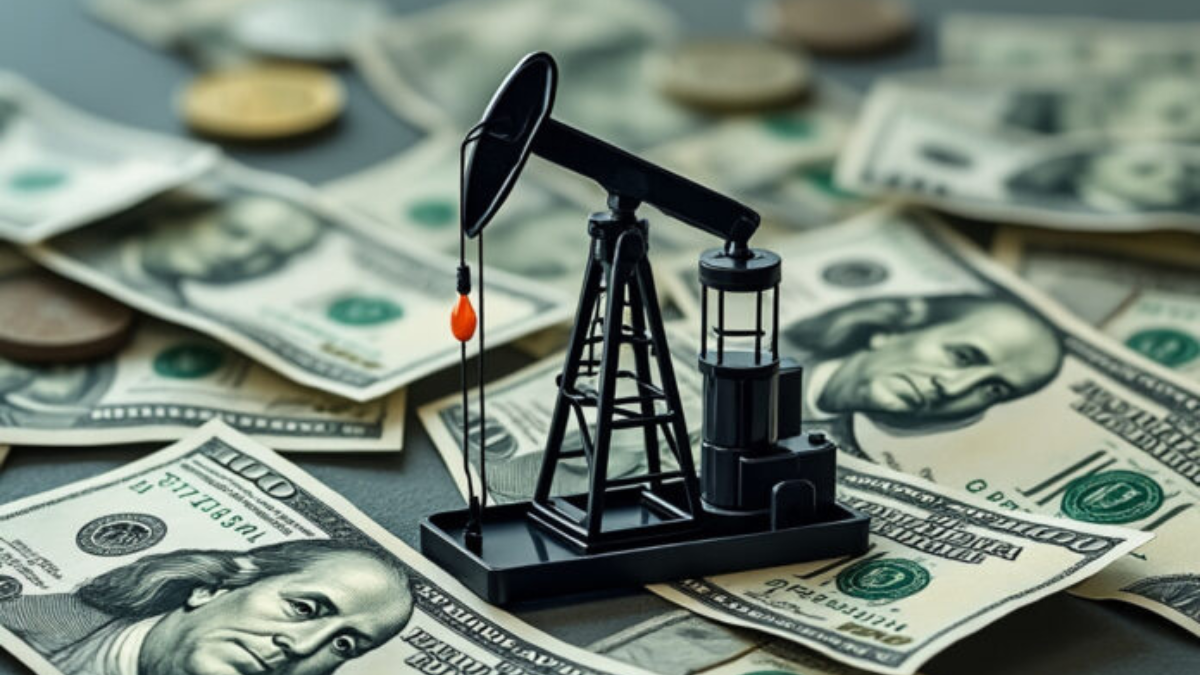Oil Prices Edge Higher, But Investor Strategy Turns Defensive Amid Policy and Demand Uncertainty

Oil prices posted modest gains on Thursday as traders adjusted portfolios in response to a swirl of global policy developments, including new U.S. trade tariffs and a demand downgrade by OPEC. However, analysts say investors are now shifting to a more defensive posture, bracing for volatility in the energy sector through the rest of 2025.
-
Brent crude closed at $68.83, up $0.19.
-
WTI crude finished at $66.83, up $0.26.
Although price movement was limited, the underlying tone of the market is shifting from opportunistic buying to cautious hedging and risk management.
Institutional Sentiment Shifts Toward Risk Control
Institutional investors—traditionally large players in commodities—are rebalancing exposure as macroeconomic risk deepens. Citi analysts noted that crude oil is now being traded less as a “growth asset” and more as a hedge against instability—though even that role is contested.
“The narrative around oil as a strategic asset class is being re-examined,” said Citi’s Dirk Willer. “Market turbulence and shifting policy dynamics are prompting investors to adjust their strategies.”
Supply Remains Tight, But Fundamentals Under Pressure
Though current supply-demand conditions remain tight—reflected in market backwardation and low inventories—the foundation is increasingly strained:
-
OPEC’s revised demand forecast projects global oil demand in 2029 at 106.3 million bpd, down 1.6 million bpd from previous estimates.
-
Geopolitical tensions, particularly concerning are the U.S. tariffs on Canadian exports and the anticipated countermeasures, which pose a risk to established trade flows.
-
Strategic reserves are still below pre-2020 norms in the U.S., China, and India.
These factors create a highly reactive environment, where short-term supply concerns may be overrun by larger structural shifts in global energy consumption and trade dynamics.
What Traders Are Watching
Investors and hedge funds are closely tracking the following indicators:
-
U.S. CPI inflation data and its impact on Fed rate policy
-
China’s Q3 industrial output and fuel demand trends
-
Legislative outcomes in Washington, especially energy-specific clauses in pending trade reform bills
“It’s a news-driven market now,” said Kate Manners of Horizon Capital. “Even small shifts in policy language can swing crude prices by 2–3%.”
Strategic Outlook: Focus on Liquidity and Timing
With uncertainty clouding the outlook, portfolio managers are emphasizing liquidity, flexible exposure, and shorter-duration trades. Some funds are even shifting toward refined products like diesel and jet fuel, where demand signals are more stable.
“Crude oil itself has become a less predictable instrument,” noted Raymond Chee of Apollo Strategies. “We’re seeing a pivot to more targeted bets in the energy chain.”
Conclusion
While crude oil prices remain stable for now, the energy sector is increasingly driven by political moves, demand skepticism, and rapid changes in institutional strategy. The second half of 2025 may not be defined by price spikes—but by how well investors manage uncertainty.








